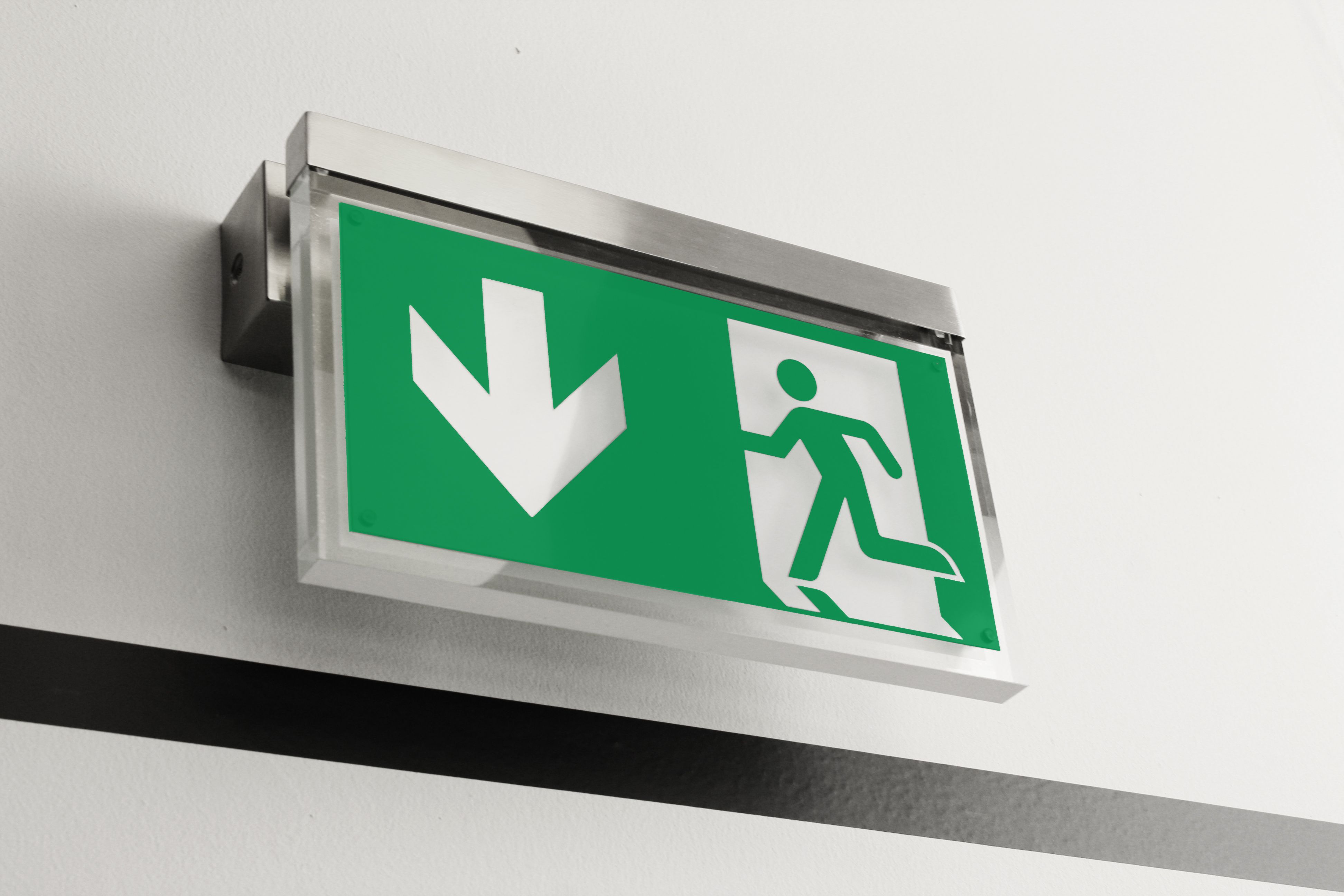Welcome
Exit signs are more than just glowing labels on doors. They’re crucial life-saving tools in emergencies and a unique intersection of design, regulation, and public safety.

History of Exit Signs
The first standardized exit signs emerged in the early 20th century as safety in public buildings became a growing concern. Originally, exit signs used incandescent bulbs and simple lettering. Over time, designs evolved to include fluorescent and LED lighting, with improved visibility and energy efficiency.
Exit signage was influenced heavily by safety codes like the National Fire Protection Association's Life Safety Code (NFPA 101) and regulations from OSHA. These rules mandated visibility, placement, and backup power sources to ensure signs remain lit during emergencies.
Inventor and Origins
The modern, internationally recognized pictogram-style exit sign was designed by Yukio Ota, a Japanese graphic designer. In the 1970s, he created the now-iconic "running man" symbol that could be universally understood regardless of language.
Ota was from Tokyo, Japan, and his design was later adopted by the International Organization for Standardization (ISO) in the 1980s. It quickly became the standard in Europe and Asia, with growing acceptance worldwide.
The first official use of a pictogram-based exit sign was in a public transport system in Japan, where the focus was on non-verbal clarity in emergencies such as earthquakes or fires.

Exit Sign Gallery


